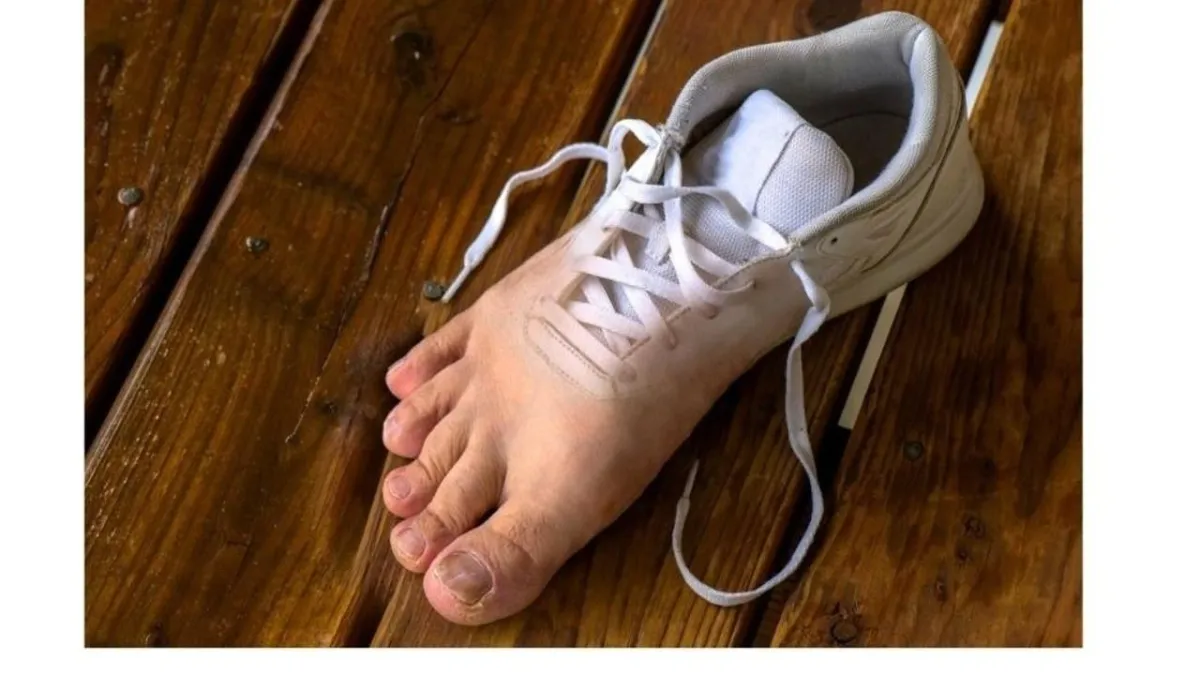Tips & Advice From South Dublin Podiatry

Fungal Infections
Everything You Need to Know About Fungal Nails and Skin Infections
Fungal infections on the skin and nails are more common than you might think – and while they’re usually not dangerous, they can be uncomfortable and even a bit embarrassing. If you’ve ever dealt with athlete’s foot or a fungal nail infection, you know just how annoying they can be. But don’t worry – with the right treatment, fungal infections are manageable and treatable. In this blog, we’ll walk you through the basics of fungal skin and nail infections, how to treat them, and most importantly, how to prevent them.
What Are Fungal Infections?
Fungal infections happen when fungi – tiny organisms that thrive in warm, damp environments – invade the skin or nails. You’ve probably heard of athlete’s foot, which is a fungal infection of the skin on your feet, or toenail fungus (onychomycosis), which affects the toenails. These infections are caused by fungi getting into cracks or breaks in the skin or nails, and they tend to get worse if not treated early.
Why Do Fungal Infections Happen?
Fungi love warmth and moisture, which is why your feet – especially if they’re often sweaty or trapped in shoes – are prime targets. Here are some common reasons fungal infections happen:
Damp environments: Fungi thrive in moist places, like sweaty feet or damp shoes.
Poor hygiene: Not washing or drying your feet properly can create a perfect home for fungi.
Weak immune system: If your immune system is compromised, you’re more likely to get a fungal infection.
Tight shoes: Shoes that don’t allow your feet to breathe trap moisture and heat, creating an ideal breeding ground for fungi.
Public places: Walking barefoot in places like pools, gyms, and locker rooms increases your chances of picking up a fungal infection.
Nail injuries: Any injury to the nails, even a small one, can give fungi a way in.
How to Spot a Fungal Nail Infection
Fungal nail infections mostly affect toenails, though fingernails can also be affected. Here are some common signs to watch out for:
Discoloration: Your nails might turn yellow, white, or brown.
Thickening: Infected nails often become thicker and harder to trim.
Brittleness: Fungal nails can become fragile, cracking or breaking easily.
Shape changes: Severe infections may cause nails to become misshapen.
Odor: In some cases, fungal nails can have a foul smell due to bacteria growing alongside the fungi.
Pain: If the infection gets worse, it can be painful, especially when pressure is applied.
Fungal Skin Infections: What to Look For
Fungal infections on the skin can affect areas like the feet, between the toes, or even the skin on your hands. You might experience:
Itching and redness: The infected area might become red, itchy, and inflamed.
Blisters or scaling: The skin could start to peel or develop blisters.
Cracked skin: Fungal infections can cause painful cracks in the skin, especially in areas where your skin rubs together.
Swelling: The area might become swollen or tender to the touch.
How to Treat Fungal Infections
The good news is that fungal infections can almost always be treated – and the earlier you start, the easier it is to get rid of them. Here are some treatment options:
Topical Treatments: Over-the-counter creams, sprays, and powders containing antifungal ingredients (like terbinafine or clotrimazole) can help treat fungal skin infections like athlete’s foot.
Oral Medications: For more severe fungal infections, your doctor may prescribe oral antifungal medications (like terbinafine or itraconazole). These pills work from the inside out to clear up fungal nail infections.
Laser Treatment: Some podiatrists offer laser therapy to treat fungal nails. The laser targets and destroys the fungi, helping new, healthy nails grow back. However, this is not a treatment we offer in South Dublin Podiatry.
Nail Removal: In rare cases, if a fungal infection has severely damaged the nail, a podiatrist may recommend removing the nail to get rid of the infection and allow the nail to regrow.
Good Foot Hygiene: Keeping your feet clean and dry is key. Wash your feet daily, dry them thoroughly (especially between your toes), and wear clean socks and breathable shoes.
Preventing Fungal Infections
Fungal infections may be common, but they’re also preventable. Here are some tips to keep your feet and nails healthy:
Keep your feet dry: Fungi love moisture, so make sure to dry your feet completely after showering or swimming.
Change socks regularly: If your feet get sweaty, change your socks throughout the day to keep your feet dry.
Wear breathable shoes: Choose shoes that let air flow through and don’t trap moisture.
Don’t walk barefoot in public areas: Always wear shoes or sandals in places like gym showers, pools, and locker rooms.
Trim your nails regularly: Keeping nails clean and short helps prevent fungi from finding a way in.
When to See a Podiatrist
If you notice signs of a fungal infection, it’s best to see a podiatrist. Especially if over-the-counter treatments aren’t working, or if the infection is spreading or causing pain. A podiatrist can diagnose the infection, recommend the best treatment, and help you avoid future infections.
Conclusion
Fungal infections on the skin and nails are annoying, but with the right treatment, they can be managed and even prevented. By keeping your feet clean, dry, and well-cared for, you can significantly reduce your chances of getting a fungal infection in the first place. If you’re dealing with a persistent fungal infection or just want to make sure you’re treating it properly, don’t hesitate to reach out to us. Our team is here to help you get back to your best – and to make sure your feet stay healthy and happy.
If You Think You Have A Fungal Infection, Call Us Now On:
📞01-9012009
or
Fill out the form below and one of our team will call you.
Ask South Dublin Podiatry And Their Team
Fill in the form to request a Call From Our Team
One of our team members will call you for FREE and answer any questions or concerns you may have about your condition




